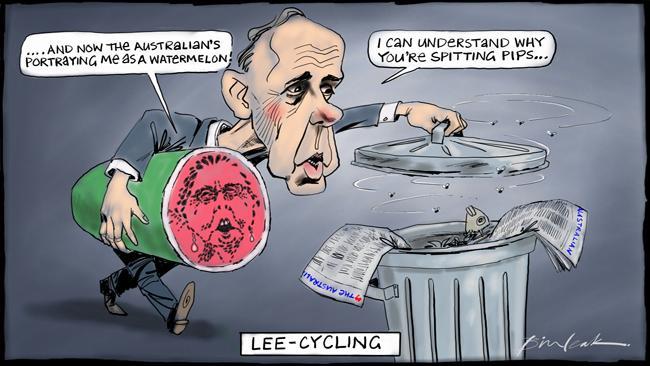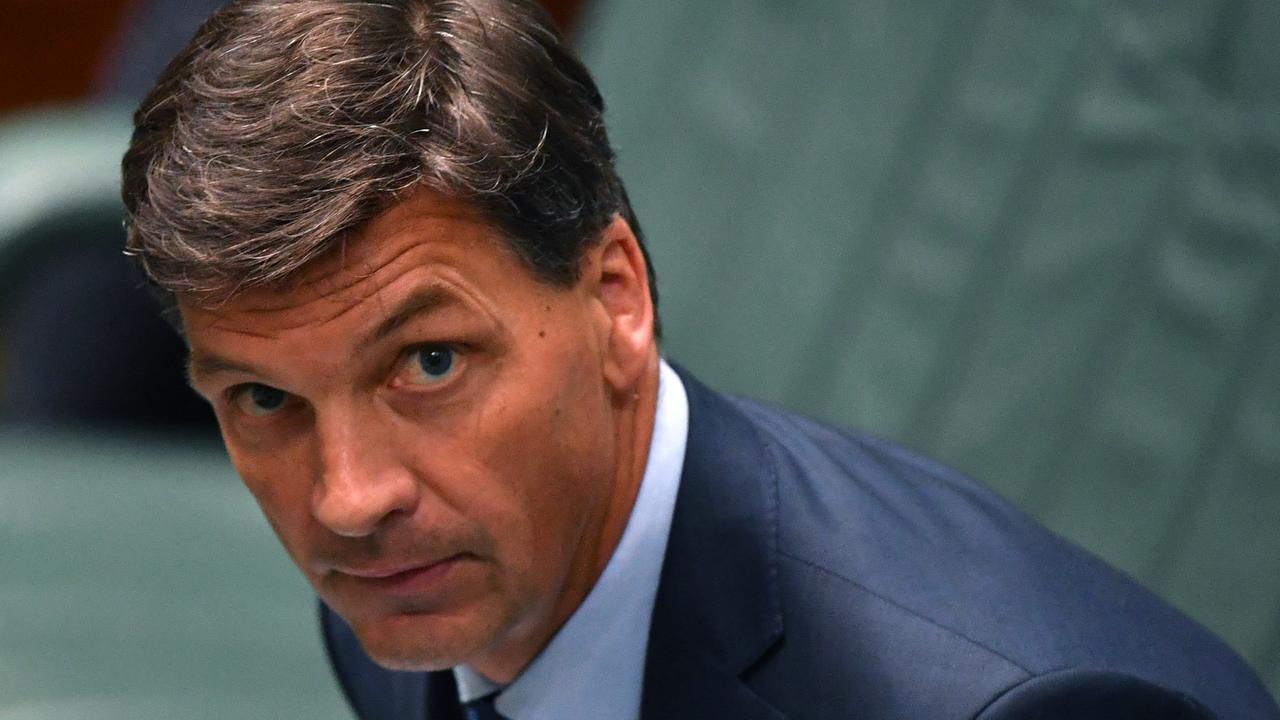
SHE'S gone, and good thing too. But solving NSW's infrastructure mess will be far more difficult than turfing Kristina Keneally out of office.
The risk is that Barry O'Farrell will fall into the trap of throwing money around, rather than addressing the failures that plague NSW's transport system.
Those failures are first and foremost of governance. With few performance incentives in place, bad decision-making has resulted in a system that leaves capacity under-utilised while struggling to provide the services consumers need.
Nowhere are the problems more acute than in public transport. True, limits on Sydney's CBD rail loop constrain train frequency. And true, too, those constraints are aggravated by Sydney's double-decker trains, with their long clearance times at stations.
But consider regional express Line A in Paris. It puts 30 trains an hour through Chatelet-Les Halles, which is structurally similar to Town Hall station in Sydney. The A line alone now carries 1.2 million passengers daily, while Sydney's entire rail system can barely cope with the train frequencies needed to transport one million.
That comparison is not quite like for like. But other approaches also find substantial unused capacity. A 2009 study, for example, concluded that redesigning the Sydney rail network's operating plan could increase peak hour train numbers by 25 per cent to the CBD and by 33 per cent overall.
As for light rail, it operates at about 10 per cent of potential.
And the ferries are a scandal, poorly managed and covering just 30 per cent of their costs, with the remainder funded by taxpayer subsidies that increase land values for some of Sydney's wealthiest residents.
Not that the system's weaknesses are limited to public transport, as Sydneysiders stuck in the city's traffic congestion know all too well. But on the roads, too, poor management of resources plays an important role.
Labor's decision to refund tolls on the M4 and the M5 gave an important pricing instrument away, compromising the capacity to manage traffic.
To make matters worse, the fact that each privatised road sets its charges independently leads to tolls that do not properly manage traffic across the system as a whole. Changing that would require a capacity to co-ordinate tolls, including by time of day.
Unfortunately, that would necessitate modifications to the existing concessions, and hence would involve costly and uncertain negotiations with the roads' private owners.
That is merely one flaw in an experiment in road privatisation whose results have been very mixed. Yes, additional capacity was built. But in several cases traffic projections proved spectacularly over-optimistic, leaving surplus capacity in some places while bottlenecks persist in others.
In many instances, the resulting losses fell on private investors. But even then the public sector had contributed valuable land and other resources. Those resources, along with the loss-making investors' capital, have been wasted, leaving other, more worthwhile uses begging. And the persistent refusal to be transparent about these privatised ventures has made the public highly sceptical of their merits.
Yet it is not merely botched privatisations that create difficulties. Rather, resource allocation in the public road system itself seems deeply flawed.
The most obvious example is the failure to adequately maintain existing roads, rather than creating ribbon-cutting opportunities for the state's politicians.
A 2006 report by NSW's Auditor-General found that "the Roads and Traffic Authority is rebuilding at half its long-term target and has not met this target at any time this decade. As a consequence, the structural condition and expected life of state roads is declining." Since then, the target has remained unmet and pavement durability has deteriorated further, increasing future costs.
All these issues will become more acute in the years ahead. Sydney's metropolitan strategy has been heavily centred on preventing the city's geographical expansion. However, the attempt to limit growth to built-up areas has little prospect of success.
Rather, as leading urban economist Richard Arnott concludes in a survey of the world's cities, as incomes rise, consumers demand larger, more spread out, houses. Arnott's estimates imply that if Sydney's population increases by just 1 per cent a year between now and 2050, while per capita incomes double, the city's built-up area will expand by 150 per cent.
That calculation abstracts from many factors. What is undeniable, however, is that densification may be popular with planners but it is not consistent with entrenched consumer preferences.
Moreover, given the durability of the existing building stock, its impact is far too small to alter transport patterns, other than by increasing congestion in the areas where denser development occurs. And carried out on a large scale, it is extremely costly relative to any reductions it allows in commuting times.
Further geographical extension of the residential area is therefore inevitable.
And as employment shifts in line with residences, ever fewer jobs will be located in the CBD, making travel patterns less radial and even more difficult to serve by public transport. The pressures the resulting growth in car movements will place on the road network are easily imagined.
Those pressures are not unique to Sydney. Nor are the difficulties involved in dealing with them. Rather, poor transport governance is endemic to our major cities. In Melbourne, for example, calculations by transport expert Paul Mees show the rail network now operates at about half its historical frequencies, leading to trains that are chronically overcrowded.
The solution to NSW's problems does not lie in copying from elsewhere.
But O'Farrell's voters are frustrated and impatient. After years of paralysis, they want action. Throwing public and private money at the problems will prove sorely tempting. However, that is no more sensible than turning up the volume on a faulty amplifier.
Rather, O'Farrell needs to get the structure right. That means taking the time to properly design and implement fundamental change.
The alternative is not hard bread today for jam tomorrow. It is jams yesterday, jams today and even worse jams tomorrow.



